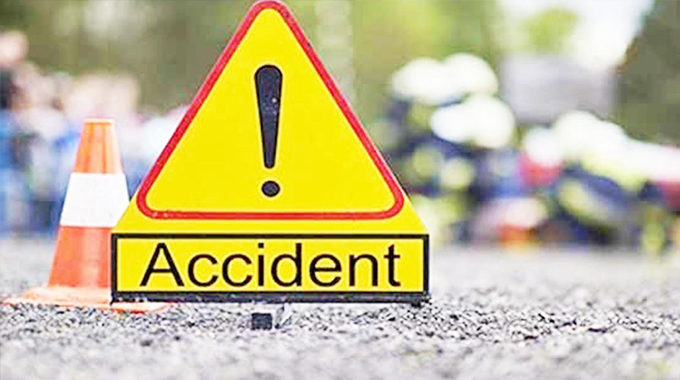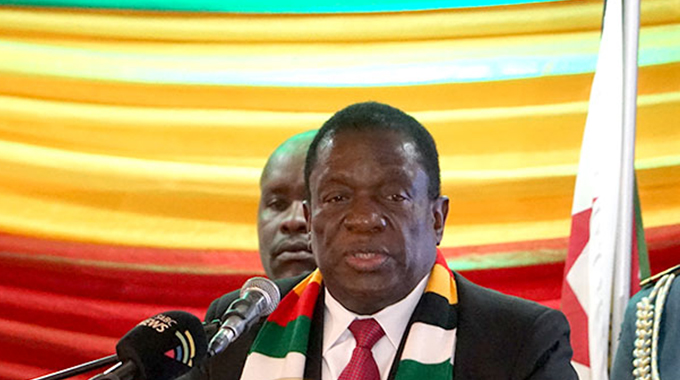Moral rights under Copyright

Aleck Ncube
WE continue our discussion on the subject of intellectual property with a desire to especially understand copyrights and related rights. The Berne Convention, to which Zimbabwe is a member, in Article 6, requires its members to grant authors the following moral rights: (i) the right to claim authorship of a work (sometimes called the right of paternity or the right of attribution); and (ii) the right to object to any distortion or modification of a work, or other derogatory action in relation to a work, which would be prejudicial to the author’s honour or reputation (sometimes called the right of integrity).
Moral rights are only accorded to individual authors and in many national laws including here in Zimbabwe, they remain with the authors even after the authors have transferred their economic rights. This means that even where, for example, a film producer or publisher owns the economic rights in a work, in many jurisdictions the individual author continues to have moral rights.
Limitations and exceptions to rights
There are several types of limitations and exceptions to copyright protection. First, certain categories of works are excluded from copyright protection. In some countries, the texts of laws as well as court and administrative decisions are excluded from copyright protection.
Second, certain particular acts of exploitation that usually require the right owner’s permission may, under circumstances specified in the law, be carried out without the owner’s permission. The two basic types of limitations and exceptions in this category are: (a) free use, which carries no obligation to compensate the right owner for the use of the work without permission; and (b) non-voluntary (or compulsory) licences, which require that compensation be paid to the right owner for non-authorised exploitation.
Duration of Copyright
Copyright laws provide for a period of time during which the rights of the copyright owner exist and may be exploited. The period or duration of copyright begins from the moment the work is created. Copyright protection continues until a certain time after the death of the author. The purpose of this provision in the law is to enable the author’s successors to benefit economically from exploitation of the work even after the author’s death. The duration of copyright provided in national law is, as a general rule, the life of the author plus not less than 50 years after the author’s death. Works that are no longer subject to copyright protection enter the public domain.
Enforcement of Rights
New national and international enforcement standards have evolved dramatically due to two principal factors. The first concerns advances in the technological means for creation and use (both authorised and unauthorised) of protected material. Digital technologies, in particular, make it easy to transmit and make perfect copies of information existing in digital form, including copyright-protected works.
The second factor is the increasing economic importance in international trade of the movement of goods and services protected by IP rights. Trade in IP-protected products is a thriving worldwide business. The following paragraphs summarise some of the enforcement provisions found in relatively recent national legislation.
Provisional measures are orders of the court issued in civil proceedings prior to the final determination of the parties’ rights. Thus a right holder will often seek an order to prevent infringements from continuing pending the court’s final decision in the case. Final remedies in civil proceedings seek to restore the injured right holder to his or her former position and prevent any recurrence of the infringing activities. In order to create an effective deterrent, the court has the power to order the destruction of the infringing goods and any tools and materials predominantly used to produce them.
Criminal sanctions are intended to punish those who carry out infringements of particular gravity, such as wilful acts of piracy committed on a commercial scale, and so to deter further infringement. The purpose of punishment is achieved through fines and prison sentences. Border measures allow right owners to request that customs authorities suspend the release into circulation of goods suspected of infringing copyright. This is intended to give right owners a reasonable time to commence judicial proceedings against the suspected infringer, without the risk that the alleged infringing goods will disappear into circulation after customs clearance.
The final category of enforcement provisions includes measures, remedies and sanctions against abuses in respect of technical means, also referred to as technological protection measures (TPMs), which have achieved greater importance since the advent of digital technologies. In certain cases, the only practical means of preventing copying is through so-called copy-protection or copy-management systems. These use technical devices that either entirely prevent copying or make the quality of copies so poor as to be unusable.
Related Rights
Related rights protect the legal interests of certain persons and legal entities that contribute to making works available to the public or that produce subject matter which, while not qualifying as works under the copyright systems of all countries, contains sufficient creativity or technical and organisational skill to justify recognition of a copyright-like property right. Traditionally, related rights have been granted to three categories of beneficiaries: performers, producers of sound recordings and broadcasting organisations.
The rights of performers are recognised because their creative intervention is necessary to give life to motion pictures, musical, dramatic and choreographic works, and because they have a justifiable interest in the legal protection of their individual interpretations. The rights of producers of sound recordings are recognised because their creative, financial and organisational resources are necessary to make sound recordings, often based on musical works, available to the public in commercial form, and because of their legitimate interest in having the legal resources to take action against unauthorised uses.
The rights of broadcasting organisations are recognised because of their role in making works available to the public, and in light of their justified interest in controlling the transmission and retransmission of their broadcasts.
Performers have the right to prevent fixation (recording), broadcasting and communication to the public of their live performances without their consent, and the right to prevent reproduction of fixations of their performances under certain circumstances. The rights in respect of broadcasting and communication to the public may be in the form of equitable remuneration rather than a right to prevent.
Producers of sound recordings have the right to authorise or prohibit reproduction, importation and distribution of their sound recordings and copies thereof, and the right to equitable remuneration for broadcasting and communication to the public of their sound recordings. Broadcasting organisations have the right to authorise or prohibit rebroadcasting, fixation and reproduction of their broadcasts.
Limitations and exceptions to related rights
These limitations allow use of protected performances, phonograms and broadcasts, for example, for teaching, scientific research or private use, and use of short excerpts for reporting current events. The duration of protection of related rights is 20 years from the end of the year in which: (a) the recording is made, in the case of sound recordings and performances included in sound recordings; (b) the performance took place, in the case of performances not incorporated in sound recordings; or (c) the broadcast took place, for broadcasts.












Comments